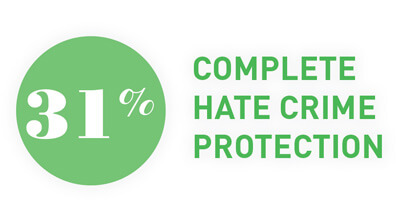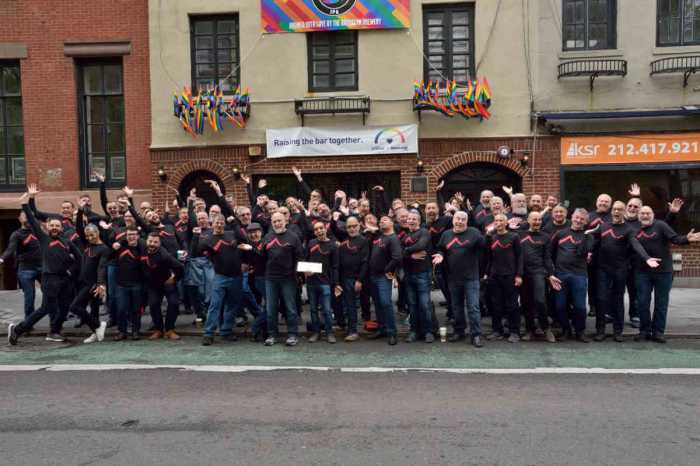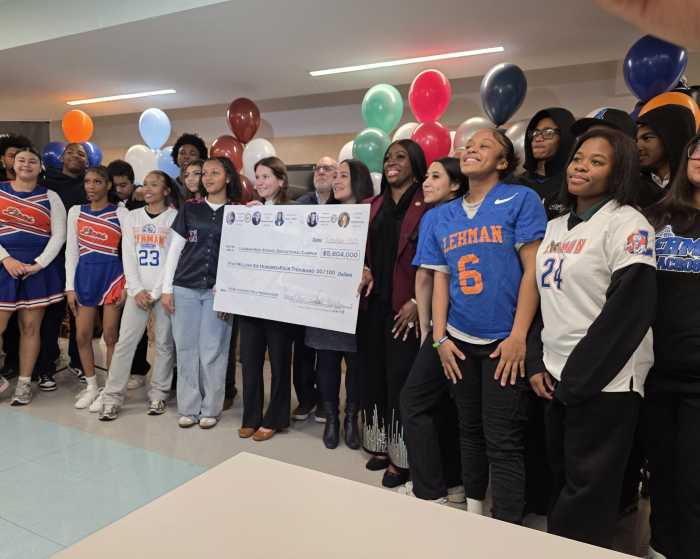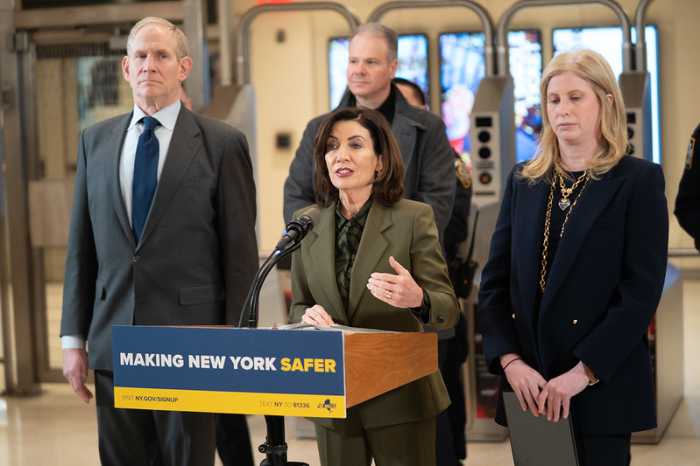ILLUSTRATION BY MICHAEL SHIREY
BY PAUL SCHINDLER | Since the 1969 Greenwich Village rebellion that shook the world, the legal status of LGBT Americans has shifted dramatically. In the immediate aftermath, cities and counties across the nation began enacting basic nondiscrimination ordinances, though there were occasional waves of backlash. After Anita Bryant, a popular gospel singer and orange grower industry spokeswoman, led a successful referendum effort to repeal the gay rights law in Dade County, Florida, similar voter rollbacks occurred in St. Paul, Minnesota, Wichita, Kansas, and Eugene, Oregon.
 Wisconsin, in 1982, became the first state to adopt a sexual orientation nondiscrimination law, though it did not apply to gender identity and expression and no amendment to broaden the law in that way has ever been adopted by the State Legislature there. Of the 21 states that ban sexual orientation discrimination in employment, housing, and public accommodations, only Wisconsin, New York, and New Hampshire fail to also provide transgender civil rights protections.
Wisconsin, in 1982, became the first state to adopt a sexual orientation nondiscrimination law, though it did not apply to gender identity and expression and no amendment to broaden the law in that way has ever been adopted by the State Legislature there. Of the 21 states that ban sexual orientation discrimination in employment, housing, and public accommodations, only Wisconsin, New York, and New Hampshire fail to also provide transgender civil rights protections.
A total of 29 states offer no protections for the LGBT community from discrimination in private sector employment, housing, and public accommodations, though 11 of those states do have laws or administrative policies barring discrimination in government employment.
Even where statewide protections have not been established, the LGBT community is having success in winning anti-bias ordinances at the local level.
Sodomy and same-sex behavior generally was illegal — a felony, in fact — in every state until Illinois repealed its ban in 1962. No other state followed suit until after Stonewall. In 1986, the US Supreme Court upheld the Georgia sodomy law, writing that “to claim that a right to engage in such conduct is ‘deeply rooted in this Nation’s history and tradition’ or ‘implicit in the concept of ordered liberty’ is, at best, facetious.”
Seventeen years later, the high court reversed itself, finding that the 1986 decision was “wrong when it was decided.” The ruling in Lawrence v. Texas struck down sodomy laws that remained in 14 states.
ILLUSTRATION BY MICHAEL SHIREY
Though a marriage challenge by a Minnesota gay couple reached the US Supreme Court as early as 1972 — the high court declining to hear the case, finding no “substantial federal question” was at stake — the marriage equality movement first gained legal traction in Hawaii in the mid-1990s. The reaction by that state’s voters stopped the momentum in its tracks, though Hawaii did adopt the first statewide domestic partnership law in 1998.
 The Hawaii litigation also triggered the 1996 federal Defense of Marriage Act, which barred federal recognition of legal same-sex marriages until the Supreme Court threw out that prohibition last year.
The Hawaii litigation also triggered the 1996 federal Defense of Marriage Act, which barred federal recognition of legal same-sex marriages until the Supreme Court threw out that prohibition last year.
In the final days of 1999, the Vermont Supreme Court reignited the marriage question by ordering the state to grant same-sex couples all the rights and benefits of marriage, even if not the name. The result was the 2000 civil union law there, the nation’s first.
 In November 2003, the high court in Massachusetts ordered full marriage equality, which despite an uproar in the State Legislature began in May 2004. Today, same-sex couples can marry in 19 states and the District of Columbia, with civil union or domestic partnership laws in effect in three others.
In November 2003, the high court in Massachusetts ordered full marriage equality, which despite an uproar in the State Legislature began in May 2004. Today, same-sex couples can marry in 19 states and the District of Columbia, with civil union or domestic partnership laws in effect in three others.
Federal or, in the case of Arkansas, state court rulings have struck down part or all of the prohibitions on same-sex marriage and/ or recognition of out-of-state marriages in 11 states, where appeals are underway. Challenges to marriage bans have been filed in every other state.
 Looking at five areas of the law — marriage, employment, hate crimes, and school bullying protections, and adoption rights — comprehensive civil rights for the entire LGBT community exist in only 10 states, plus the District of Columbia: Vermont, Massachusetts, Connecticut, New Jersey, Delaware, Maryland, Minnesota, California, Oregon, and Washington State.
Looking at five areas of the law — marriage, employment, hate crimes, and school bullying protections, and adoption rights — comprehensive civil rights for the entire LGBT community exist in only 10 states, plus the District of Columbia: Vermont, Massachusetts, Connecticut, New Jersey, Delaware, Maryland, Minnesota, California, Oregon, and Washington State.
Mississippi fails in every category, including imposing barriers to adoption by same-sex couples. Had a federal court not struck down the marriage ban in Utah, a ruling now under appeal, that state would rank with Mississippi.
 The picture in eight other states — West Virginia, South Carolina, Georgia, Alabama, Oklahoma, North and South Dakota, and Wyoming — is nearly as grim, though adoption by same-sex couples in those states is not explicitly forbidden. The legal picture regarding adoption in those states, however, is uncertain. The situation in Oklahoma looks somewhat better than the others, since the marriage ban there has been struck down by a federal court, in a ruling under appeal.
The picture in eight other states — West Virginia, South Carolina, Georgia, Alabama, Oklahoma, North and South Dakota, and Wyoming — is nearly as grim, though adoption by same-sex couples in those states is not explicitly forbidden. The legal picture regarding adoption in those states, however, is uncertain. The situation in Oklahoma looks somewhat better than the others, since the marriage ban there has been struck down by a federal court, in a ruling under appeal.








































